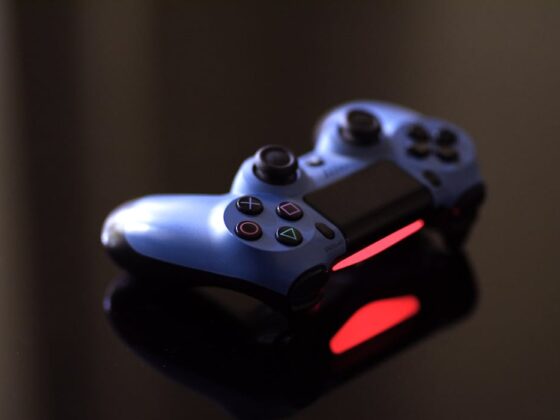
Running regularly is good for your body and your mind, but it isn’t without its downsides. Heel pain is a particular problem for many who take it up, so if you are suffering from soreness in this area after exercise, understanding the things that cause it and the ways to overcome them is essential.
No Pain No Gain?
The old adage of needing to punish your body to see positive results is now known to be largely false, but plenty of people still feel pain even after relatively moderate running sessions.
One of the most common reasons is failing to choose the right footwear for the job, which is why you should find running shoes to minimize heel pain. Your heel has to handle a huge amount of strain with every step you take when walking normally, which is of course dramatically increased when you are moving at speed, hence why the wrong type of shoe will leave you a lot worse off.
Conversely if you have a high quality shoe that is designed specifically for physical activity, you will have all the cushioning you need to ease the impact of your body weight on your heels.
Tricky Terrain
Of course your shoes are just one piece of the heel pain puzzle that you need to take into account, as the terrain on which you run will also be instrumental in affecting how you feel afterwards.
As a rule, the harder the surface, the more force will be applied to your heels with each stride. If you are experiencing persistent heel pain after running on the tarmac, try changing to grass, earth, gravel or a dedicated track with its own specially formulated surface.
Get Serious About Stretching
Aches and pains that arise after a run can be counteracted by stretching out as thoroughly as possible, so it is always worth getting into a good routine even if it feels like more hard work at the time.
If you don’t stretch adequately, your muscles and tendons can stiffen up and your heels, as well as many other parts of your body that are engaged during exercise, will take the brunt of this.
Stretching is an art in its own right and isn’t something you should rush or force too much; listen to your body and do not go overboard if something doesn’t feel right.
Tweak Training Regimes
Although underlying health issues can contribute to heel pain, if you are lucky enough to not have any other problems with your feet, then it could be that your running style is the culprit in this case.
Many people will naturally run in such a way that their heel is the first thing to hit the ground, which of course increases the likelihood of pain developing. Change things up and try to strike the ground with the middle or even the foremost part of your foot to see if you get the results you want.
Just remember that whatever you do to alter your running to address heel pain, some other part of your body will be picking up the slack, so always keep an eye out for early signs of wear and tear elsewhere.







